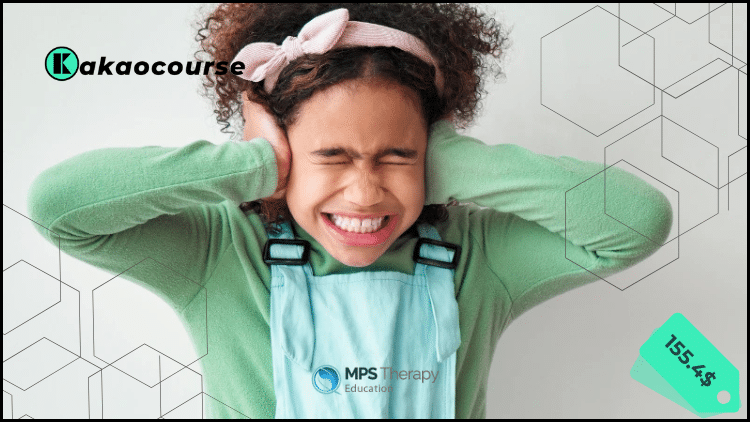Instant Download Sensory Balancing Therapy – Level 1 course by MPS Courses
Check content proof, now:
Unlock the Root Cause of Sensory Disorders with Research-Backed Stress Relief
Sensory Processing Disorder (SPD) is a neurological condition that affects how both children and adults interpret and respond to sensory input. It often shows up as oversensitivity or defensiveness to everyday experiences—like bright lighting, loud environments, or certain clothing textures—leading to difficulties in behavior, emotions, and social interaction.
The Missing Connection: Stress and Sensory Challenges
Studies reveal that stress is a major factor influencing sensory responses. Prolonged activation of the sympathetic nervous system (“fight-or-flight”) is often at the root of sensory defensiveness. Standard sensory tools usually don’t resolve this underlying stress, which limits improvements in regulation, behavior, and overall well-being.
What Is Sensory Balancing Therapy (SBT)?
Created by Kelly Armstrong, OTR, SIPT, Sensory Balancing Therapy (SBT) is a groundbreaking method designed to calm stress activation at the core of sensory difficulties. Through the use of neuromodulation techniques, SBT helps regulate the nervous system, easing stress and supporting more effective sensory integration for emotional balance, learning, and social engagement.
Core Benefits of Sensory Balancing Therapy
-
Utilizes Dolphin Neurostim Microcurrent Therapy to reduce stress
-
Activates the vagus nerve and parasympathetic pathways for whole-body regulation
-
Supported by evidence-based research in sensory and stress management
-
Safe, non-invasive, pain-free, and practical for both parents and therapists
What You’ll Learn in Level 1:
Part 1: Introduction
- Managing Sensory Disorders: Introduction
- CNS-PNS Failed Model for Sensory
- Sympathetic Stress: The Hidden Secret In Everyone
- Science: Stress Controls Sensory Behaviors
- Sensory Processing Behavior and Stress
- Polyvagal Theory & Sensory Children
- Vagus Nerve Counters Stress Activation
Part 2: Stress Activation
- What Activates Stress in Our Children?
- Fascia Injuries Activate Sympathetic Stress
- Traumas Activate Sympathetic Stress
- Scars Activate Sympathetic Stress
- Birthmarks & 3rd Nipples Activate Sympathetic Stress
- Head Posture Activates Sympathetic Stress
- Jaw Misalignments Activate Sympathetic Stress
- Emotional Traumas Activate Sympathetic Stress
- The Evolution of the Sensory Child
Part 3: Modalities & Stress
- Common Therapies’ Influence on Stress/Healing
- ElectroTherapy Influence on Stress/Healing
- DC Microcurrent for Sensory Balancing
- Research: DC Current & Stress Reduction
- Kelly’s Treatment Tips
- Parasympathetic Points
- Auricular Primary Master Points
- Vagus Nerve Stimulation
- Microcurrent Balancing Therapy
Who Should Enroll in This Course?
For Parents: Gain practical, non-invasive methods to support your child in handling sensory difficulties at home—helping improve focus, mood, and overall behavior.
For Therapists: Add stress-relieving neuromodulation strategies to your professional toolkit to enhance sensory regulation, emotional growth, and client outcomes.
Course Advantages
-
Research-Driven: Grounded in evidence-based practices for effective sensory regulation.
-
Better Sensory Balance: Supports a calmer nervous system, decreases sensory defensiveness, and improves integration.
-
Proven Impact: Parents and therapists frequently notice meaningful changes in sensory behavior after just a few sessions.










Reviews
There are no reviews yet.